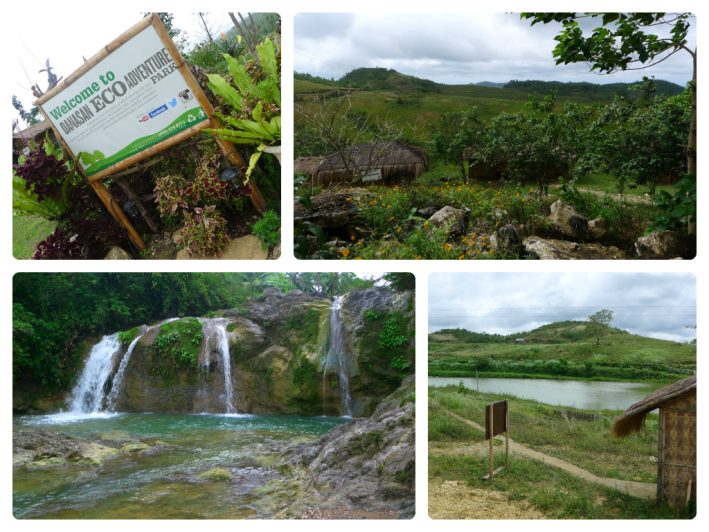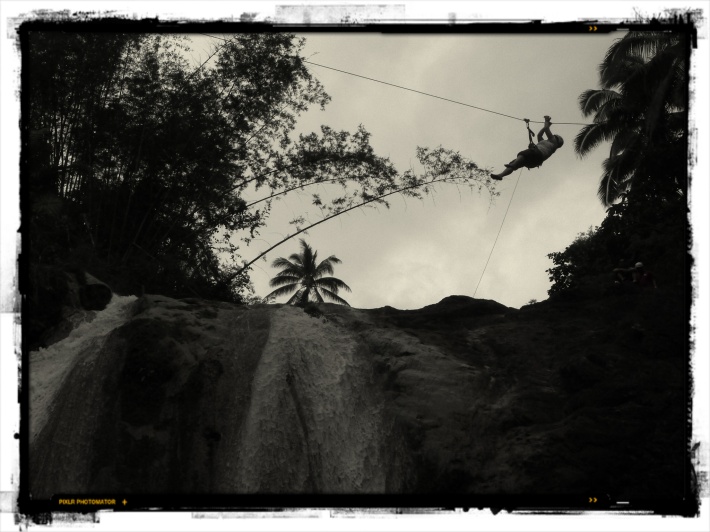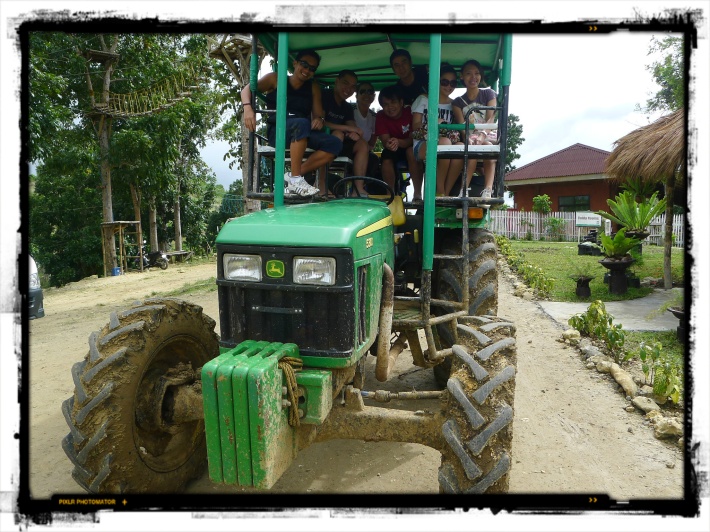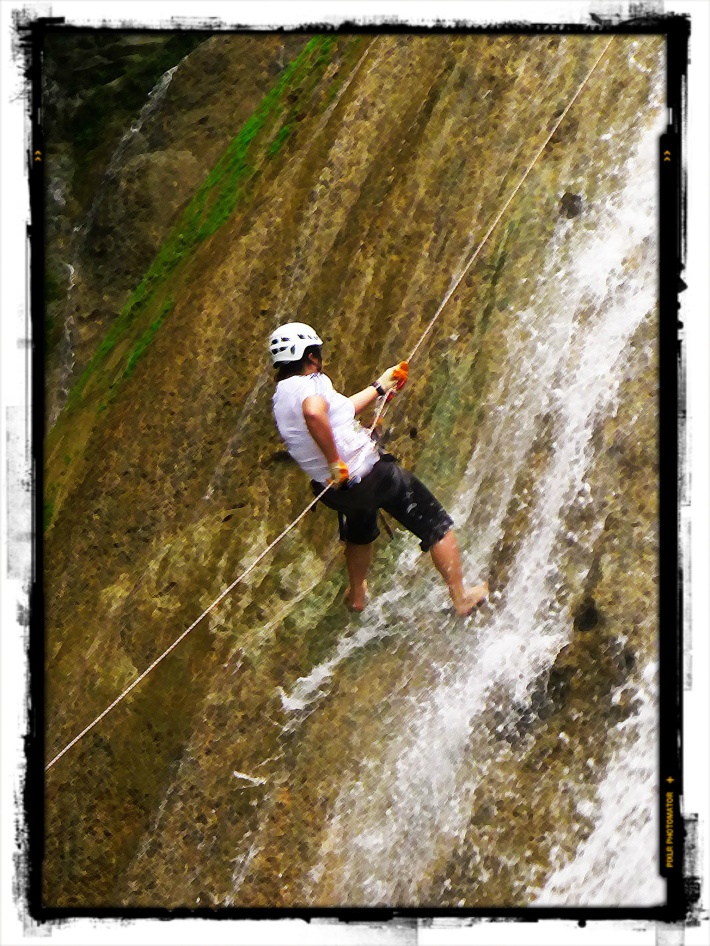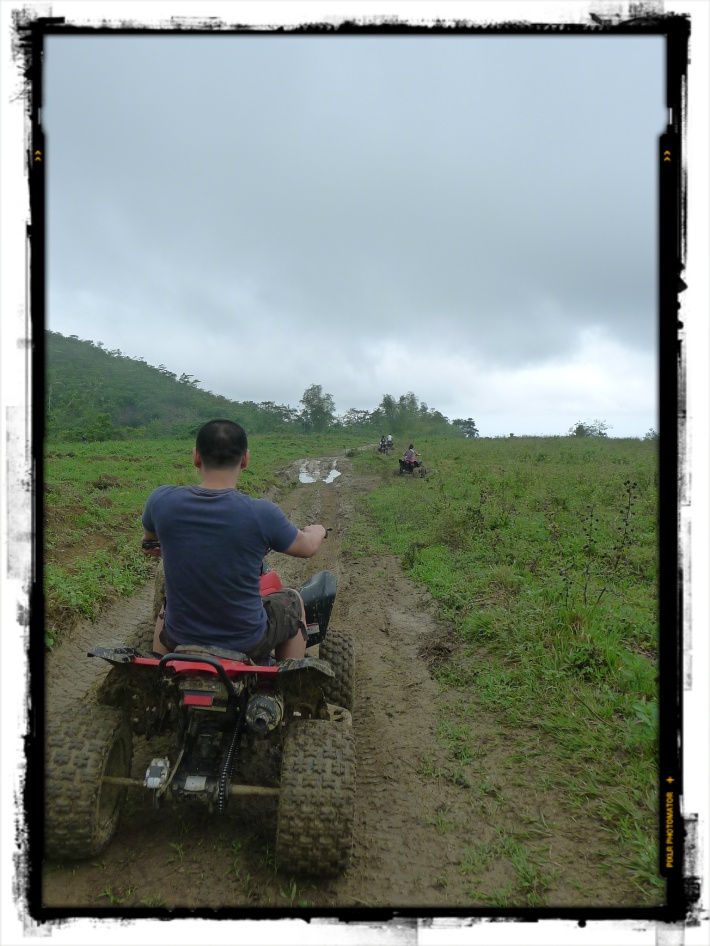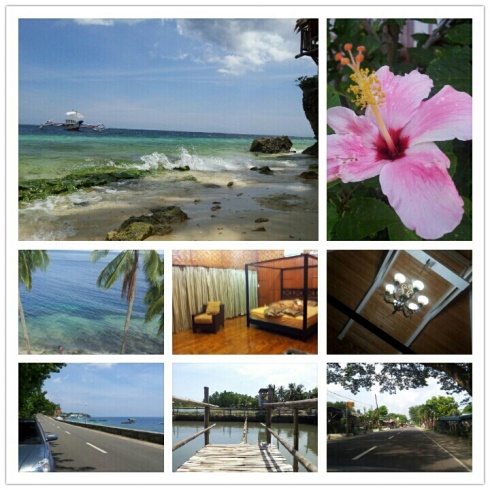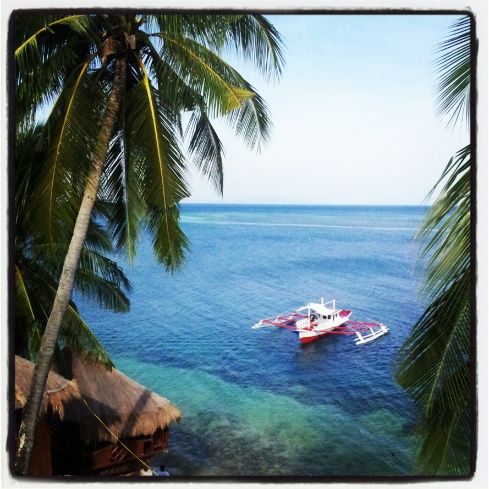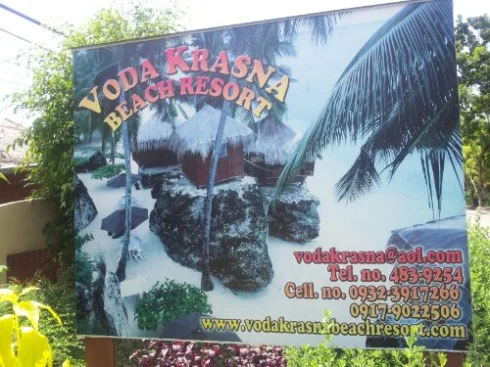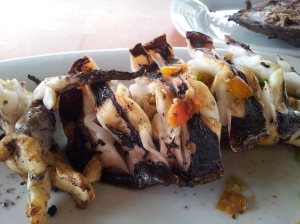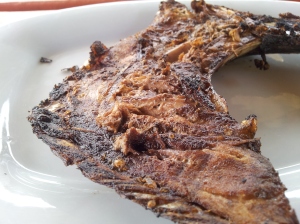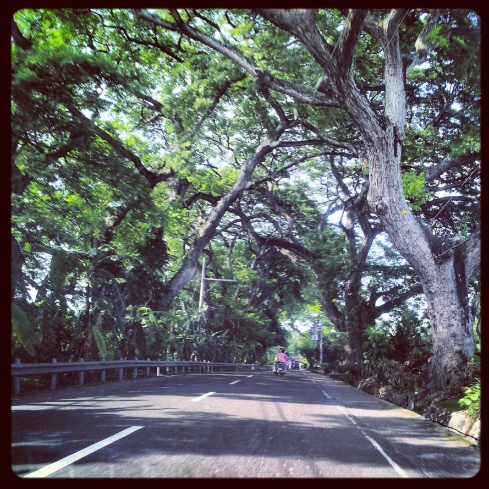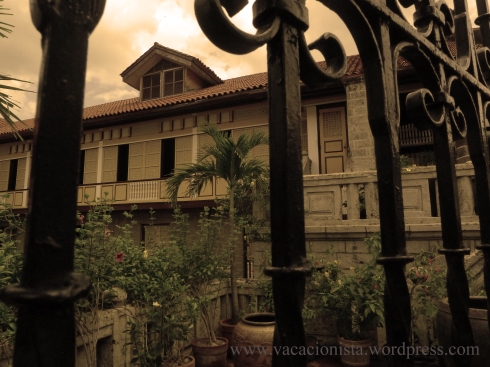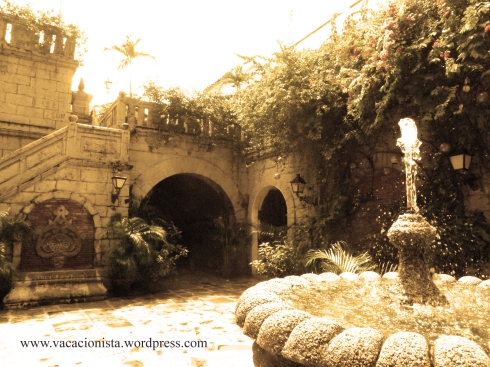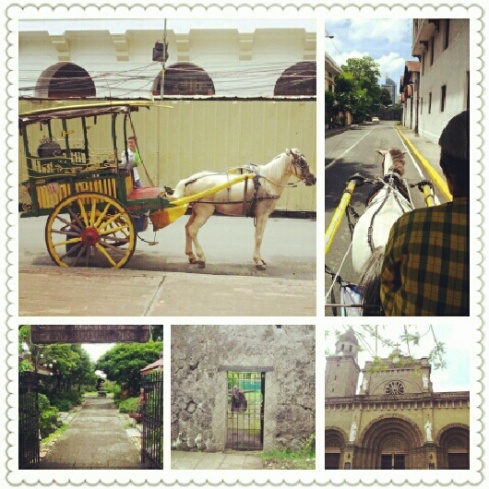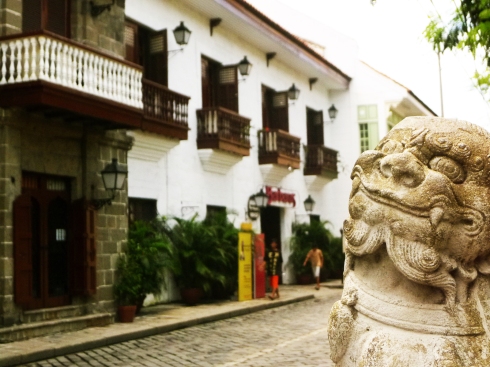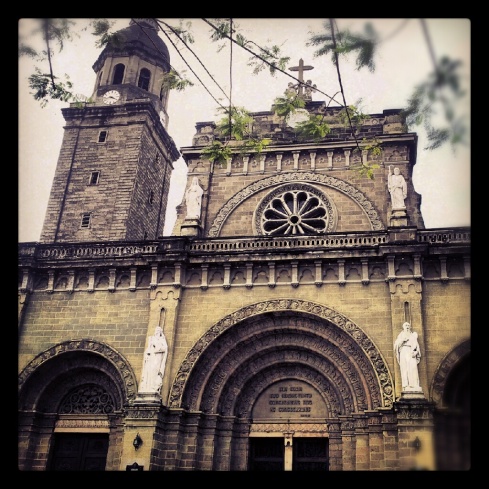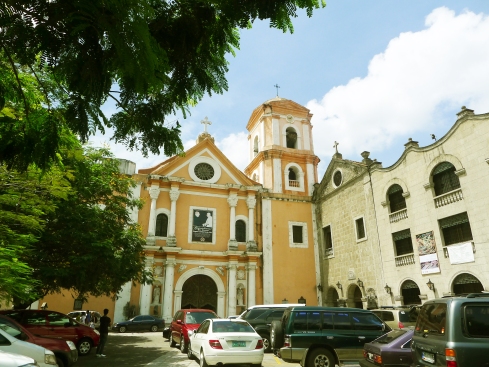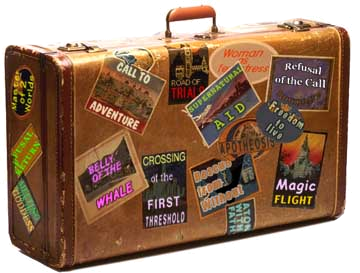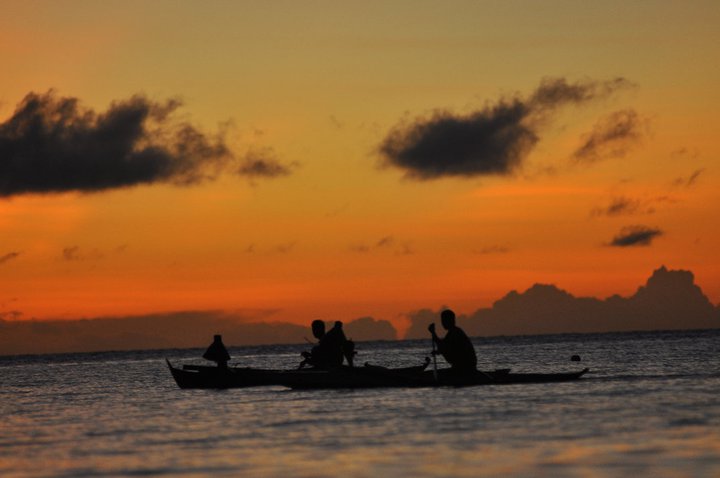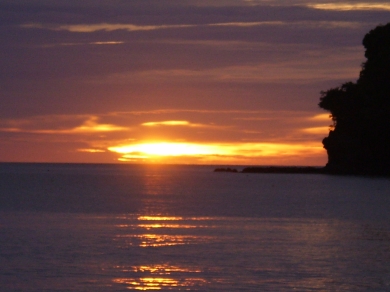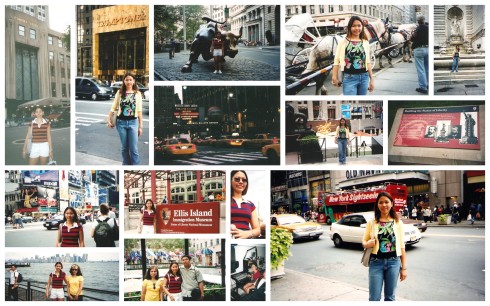bout 70 kilometers outside of Bangkok, is the city of Ayutthaya, the ancient, former capital of Thailand. It is currently listed as a UNESCO World Heritage Site and is managed as a historical park.
Clockwise from top right: The reclining buddha at Wat Lokayasutharam; The most popular scene in Wat Mahathat of the buddha head enwrapped by tree roots. As a sign of respect, when taking pictures, you must not stand over the Buddha head; The wide expanse of Wat Chaiwatthanaram; One of the very few intact buddha figures in Wat Maha That
The city was founded in 1350 by King U-thong but was razed to the ground by the Burmese Army in 1767, consequently prompting Bangkok to be proclaimed the new capital. Yet, to this day, one can still see traces of the grandeur that must have been Ayutthaya.
I reached Ayutthaya from Bangkok via minivan stationed at the Victory Monument. I left about noon time and reached the former capital in about an hour for 70 Baht (versus a cab service offered to me, priced at 1000 Baht roundtrip). There are a lot of temples, monasteries and interesting sites in Ayutthaya and should take an entire day at the very least to enjoy. But, since I was pressed for time and could only spare the afternoon at the time before flying back home by evening, I had to make the most of what few hours I had left. So I hired a tuk-tuk and a guide to take me to the temple sites at 200 Baht an hour which wasn’t such a bad going rate from what I’ve read and researched.
A map of Ayutthaya and the list of the stops within the historical park.
I only made it to 5 sites because I wanted to take my time and enjoy the experience especially at the sprawling Wat Chaiwatthanaram, where I found myself enchanted, sitting on the seemingly-endless grounds of the wat, listening to the echoes of birds chirping and basking in the afternoon sun, all the while doing my very best to ignore the unforgiving, oven-like heat and humidity. Oh, but I’m getting ahead of myself. So please, join me in reliving my experience with the pictures below. I’ve posted a picture link of a map I found online which will show you a list of all the temples and stops within the city, should you find it helpful.
Wat Maha That
Built in Khmer -style architecture, this temple is quite possibly the oldest one on the block.
Background: One of the satellite viharas. Foreground: The blackened pieces of rubble were once figures of Buddha.
Wat Benchamabophit
A little more recent among the other temples, this wat was built some time in the 1900’s hence the more modern architecture.
Wat Phra Sri Sanpet
This is the temple within the premises of the royal palace and each of the 3 main stupas house the ashes of kings of long ago. minor stupas house ashes of royal family members and latter kings.
Wat Lokayasutharam
Wat Chaiwatthanaram
This was built for King U-thong’s mother and was patterned after Angkor Wat in Cambodia.
Related articles
- Historic City of Ayutthaya: Carefully Picking Things Up (worldheritagef13.wordpress.com)
- The Ruins of Ayutthaya (niceonrice.wordpress.com)
- Ayutthaya: Bang Pa’in Summer Palace, Temple Ruins (bangkokindergarten.wordpress.com)

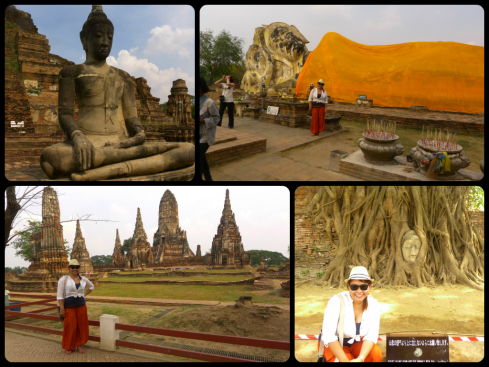

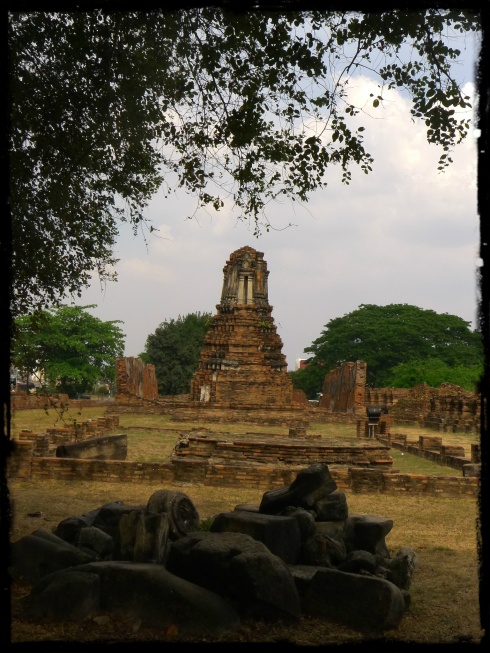
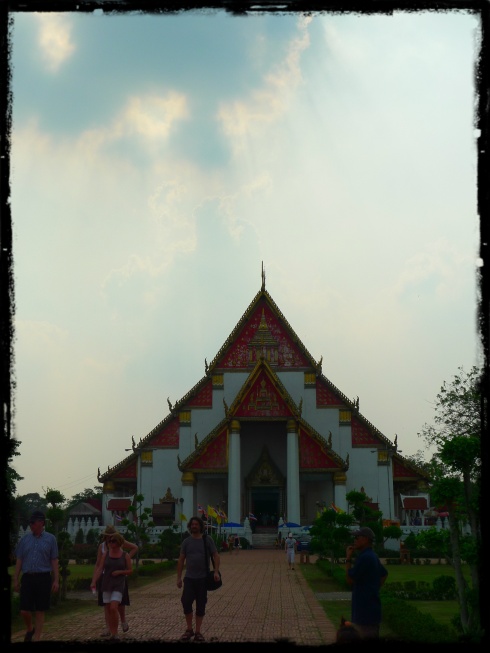
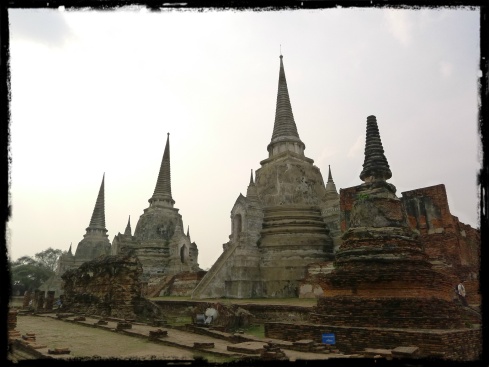
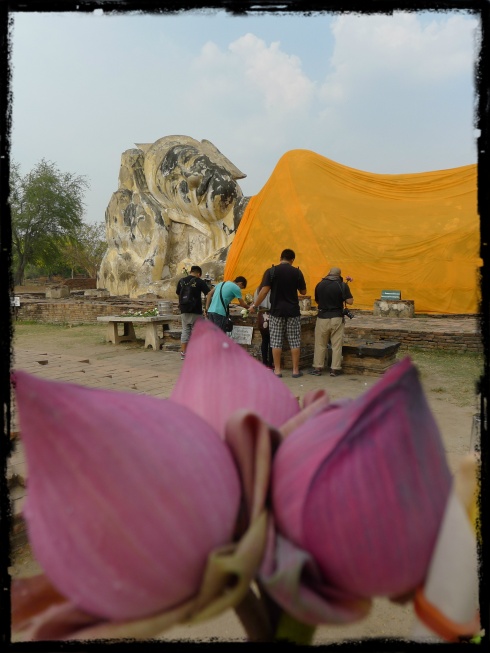
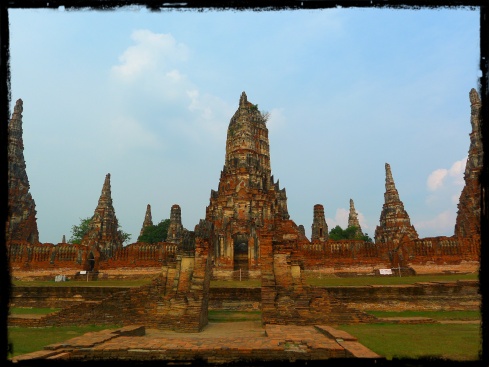
 t’s been a looong while since I posted something but since I now have all the time in the world (sheepish grin), I’m catching up on the backlogs starting with my visit to Tiger Kingdom in Chiang Mai last March.
t’s been a looong while since I posted something but since I now have all the time in the world (sheepish grin), I’m catching up on the backlogs starting with my visit to Tiger Kingdom in Chiang Mai last March.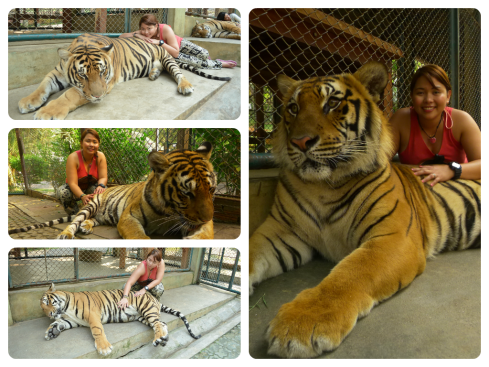
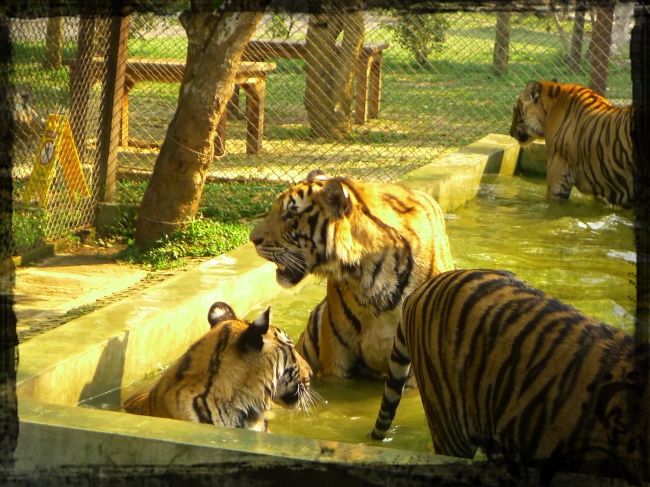
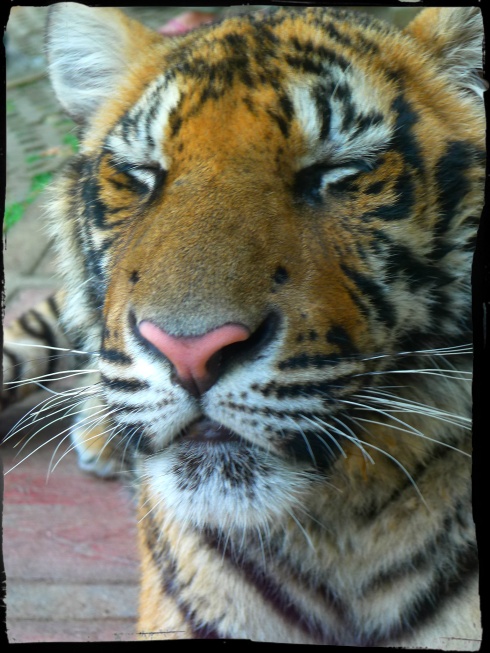
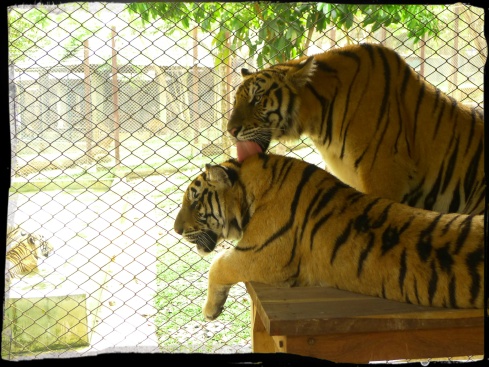
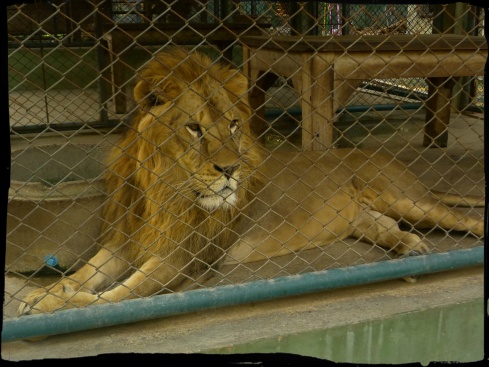
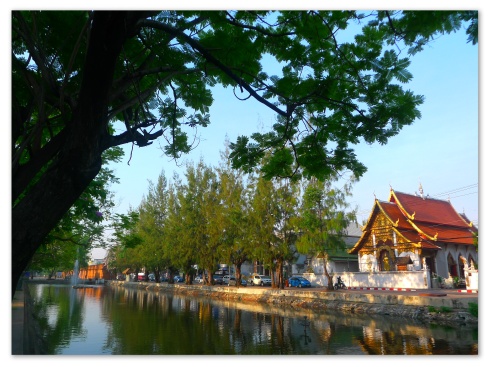
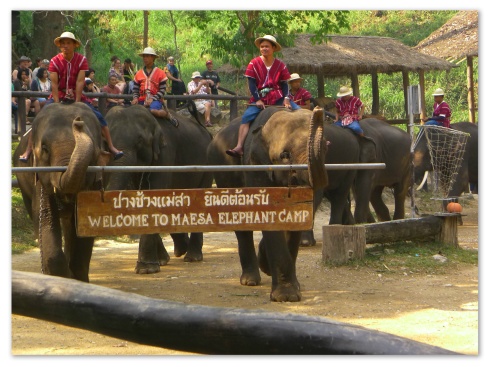
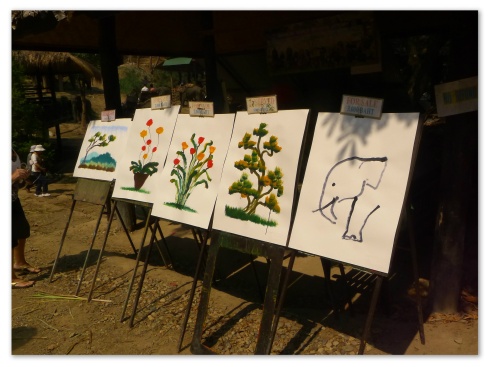
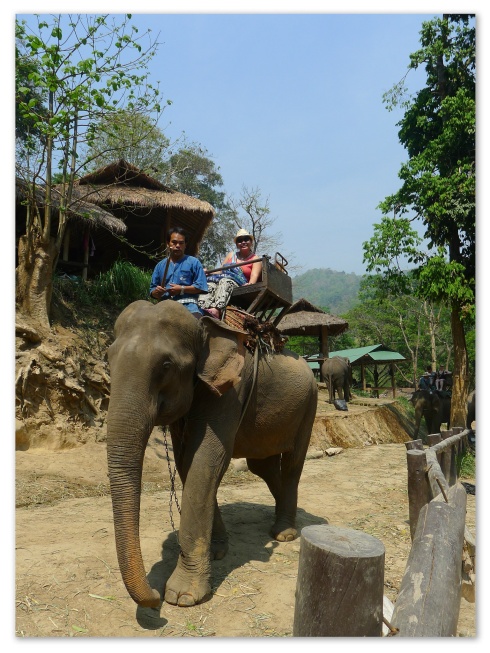
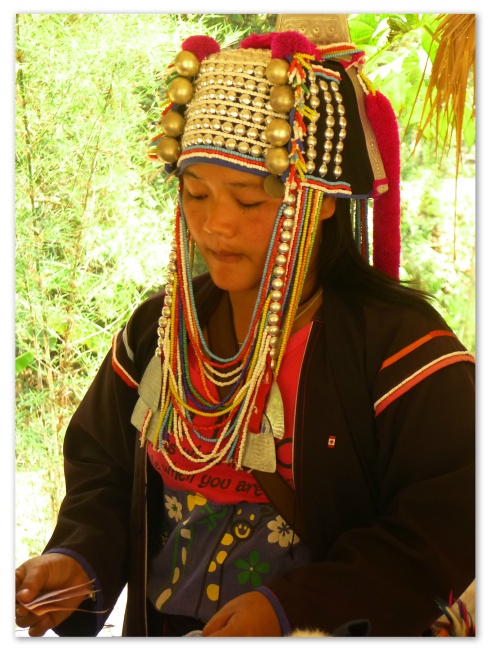
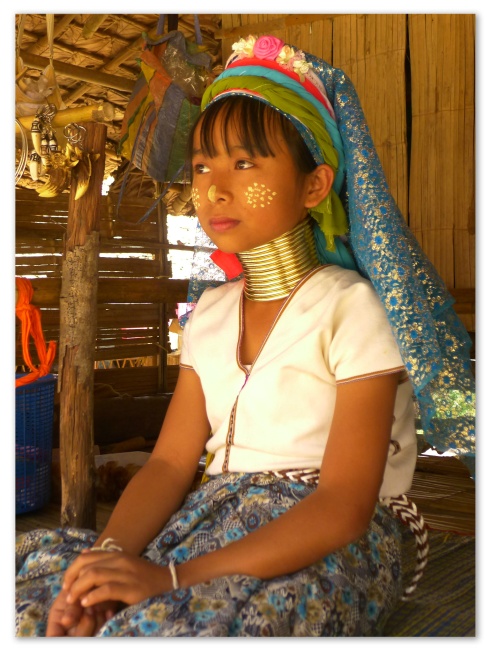
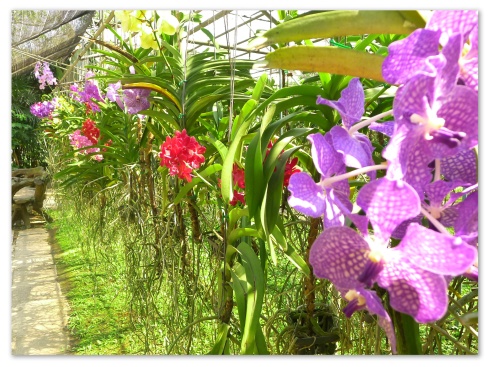
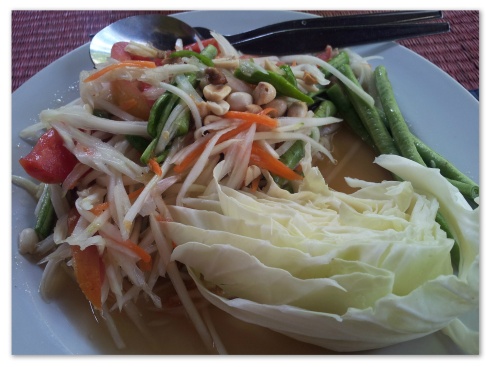
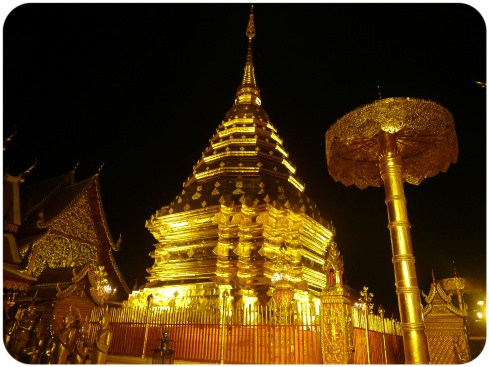

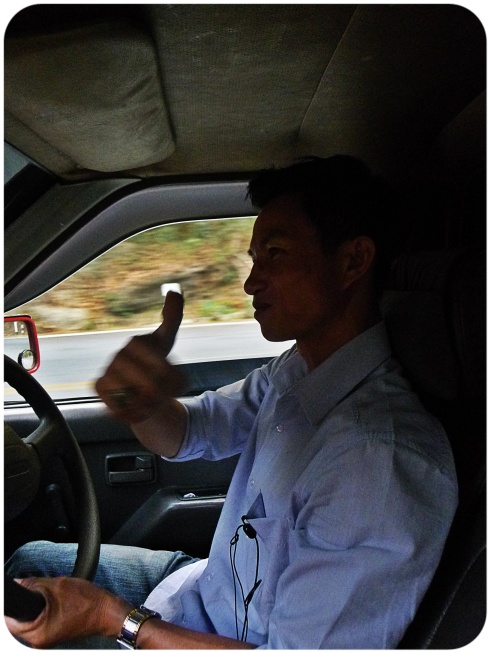
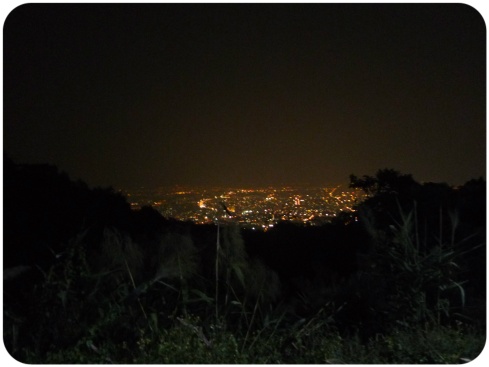
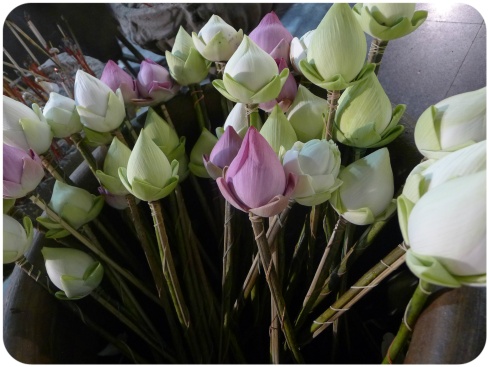
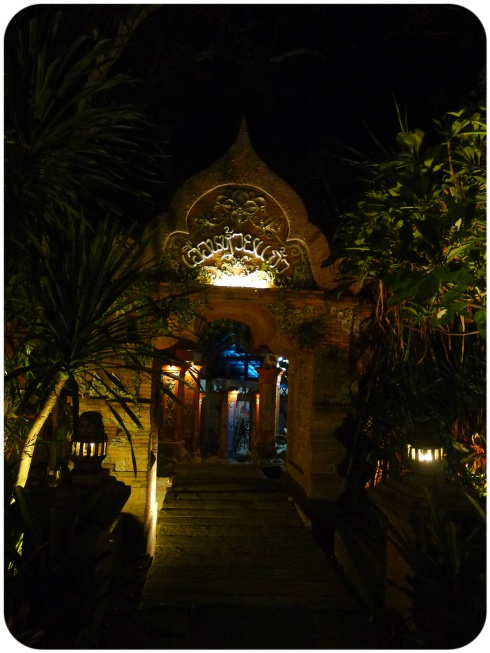
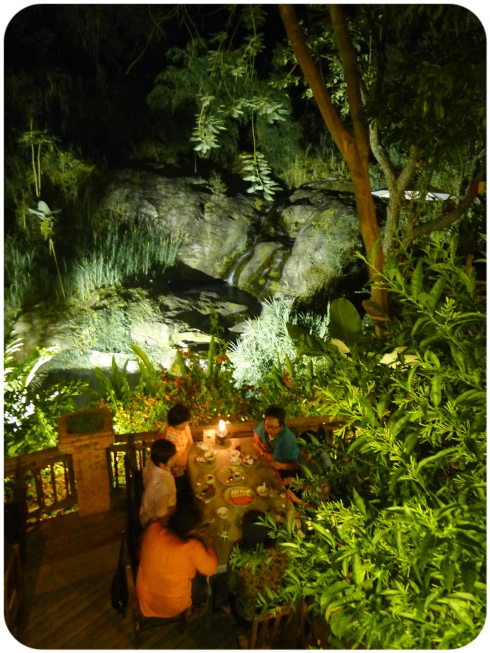
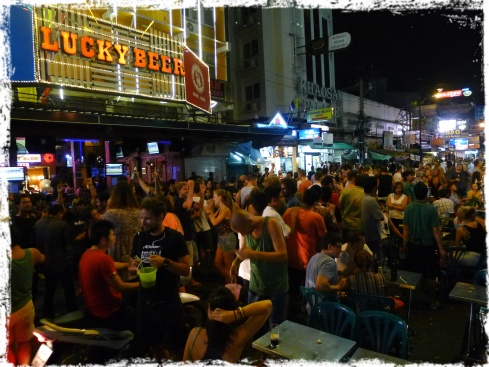
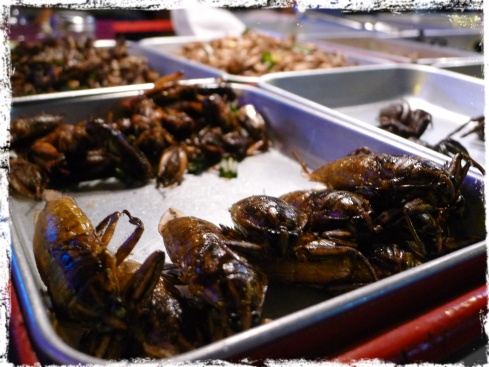
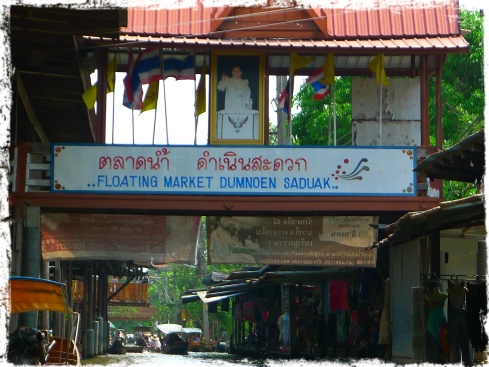
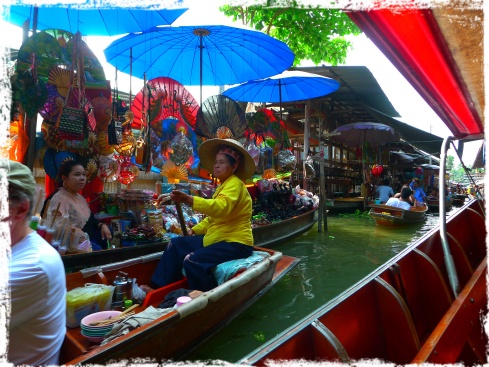
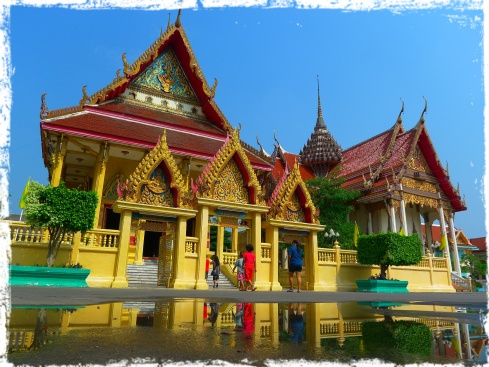
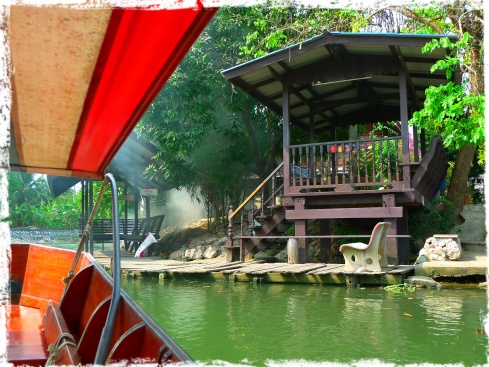
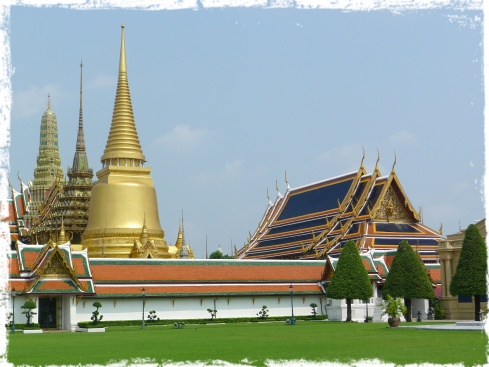
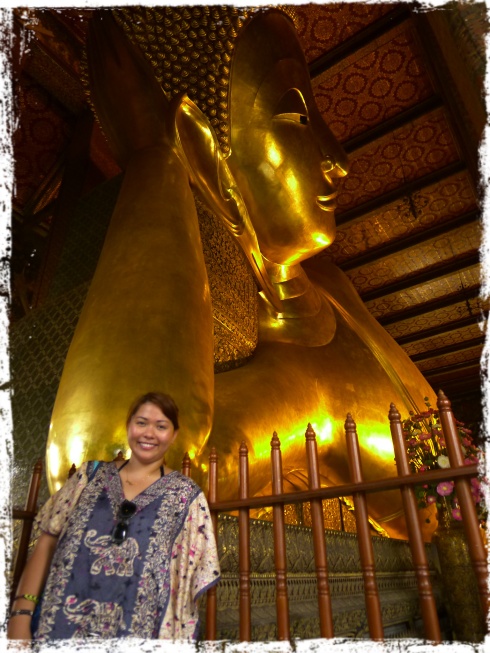
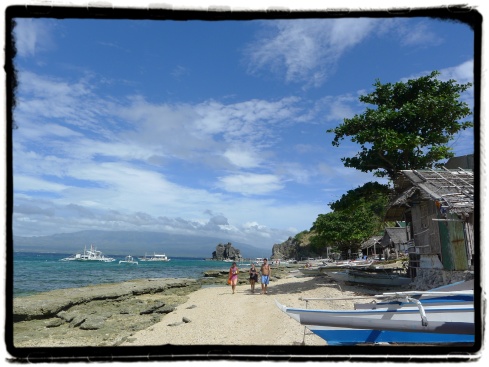
 ravelling to
ravelling to 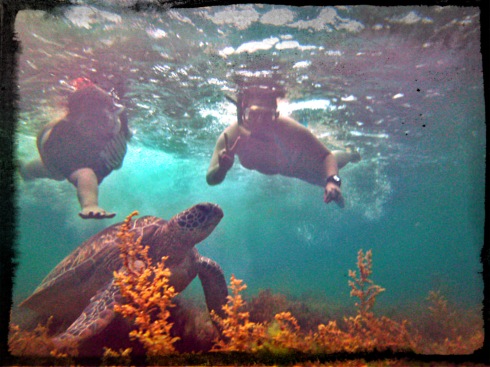
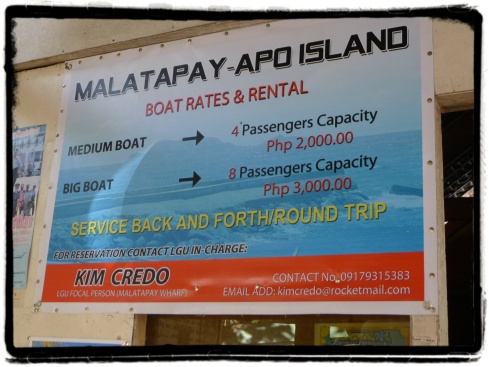
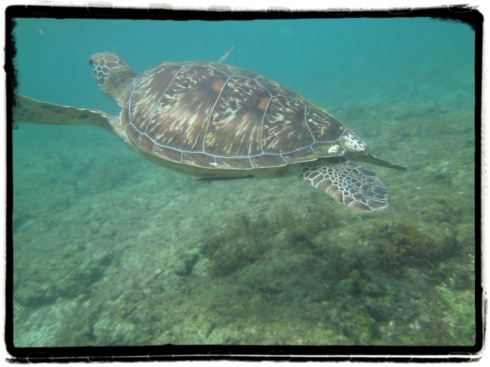
 n out-of-the-ordinary experience,
n out-of-the-ordinary experience, 